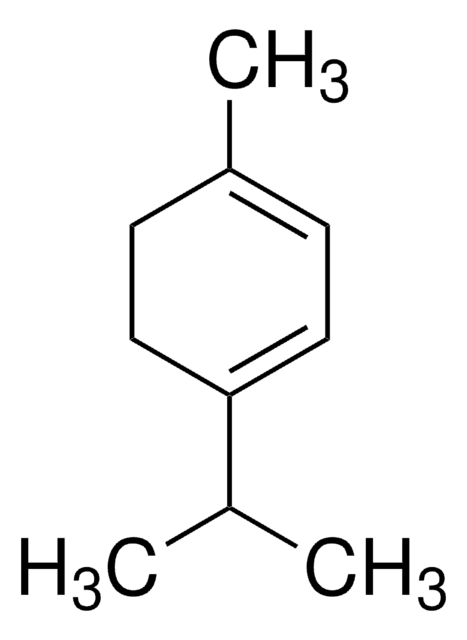203866
Nickel(II) chloride hexahydrate
99.999% trace metals basis
Sinônimo(s):
Dichloronickel hexahydrate, Nickel dichloride hexahydrate
About This Item
Produtos recomendados
grau
for analytical purposes
Ensaio
99.999% trace metals basis
Formulário
crystals and lumps
Impurezas
≤15.0 ppm Trace Metal Analysis
aplicação(ões)
battery manufacturing
cadeia de caracteres SMILES
[H]O[H].[H]O[H].[H]O[H].[H]O[H].[H]O[H].[H]O[H].Cl[Ni]Cl
InChI
1S/2ClH.Ni.6H2O/h2*1H;;6*1H2/q;;+2;;;;;;/p-2
chave InChI
LAIZPRYFQUWUBN-UHFFFAOYSA-L
Procurando produtos similares? Visita Guia de comparação de produtos
Categorias relacionadas
Aplicação
- As a precursor to synthesize nickel(ll) complexes, such as nickel complexes of dithiocarbimates derived from sulfonamides.
- To fabricate Ni-based composites for various applications such as photocatalysis.
- As a catalyst for various organic reactions, for example, synthesis of tetra-substituted pyrroles and cleavage of tetrahydropyranyl (THP) and tert-butyldimethylsilyl (TBS) ethers.
- As a starting material to prepare NiO nanoparticles.
Palavra indicadora
Danger
Frases de perigo
Declarações de precaução
Classificações de perigo
Acute Tox. 3 Inhalation - Acute Tox. 3 Oral - Aquatic Acute 1 - Aquatic Chronic 1 - Carc. 1A Inhalation - Muta. 2 - Repr. 1B - Resp. Sens. 1 - Skin Irrit. 2 - Skin Sens. 1 - STOT RE 1 Inhalation
Órgãos-alvo
Lungs
Código de classe de armazenamento
6.1D - Non-combustible acute toxic Cat.3 / toxic hazardous materials or hazardous materials causing chronic effects
Classe de risco de água (WGK)
WGK 3
Ponto de fulgor (°F)
Not applicable
Ponto de fulgor (°C)
Not applicable
Equipamento de proteção individual
Eyeshields, Faceshields, Gloves, type P3 (EN 143) respirator cartridges
Escolha uma das versões mais recentes:
Já possui este produto?
Encontre a documentação dos produtos que você adquiriu recentemente na biblioteca de documentos.
Os clientes também visualizaram
Artigos
Lithium-Ion Battery Performance: Dependence on Material Synthesis and Post‑Treatment Methods
The prevailing strategies for heat and electric-power production that rely on fossil and fission fuels are having a negative impact on the environment and on our living conditions.
Plasmonic nanoparticles have unique optical properties that can be tailored to suit a variety of applications in the biotechnology1–8 and electronics9–16 industries.
Nossa equipe de cientistas tem experiência em todas as áreas de pesquisa, incluindo Life Sciences, ciência de materiais, síntese química, cromatografia, química analítica e muitas outras.
Entre em contato com a assistência técnica





![[1,2-Bis(diphenylphosphino)ethane]dichloronickel(II)](/deepweb/assets/sigmaaldrich/product/structures/707/956/483e7a6e-5fb5-4e39-abd1-ecf33ccab3cf/640/483e7a6e-5fb5-4e39-abd1-ecf33ccab3cf.png)








